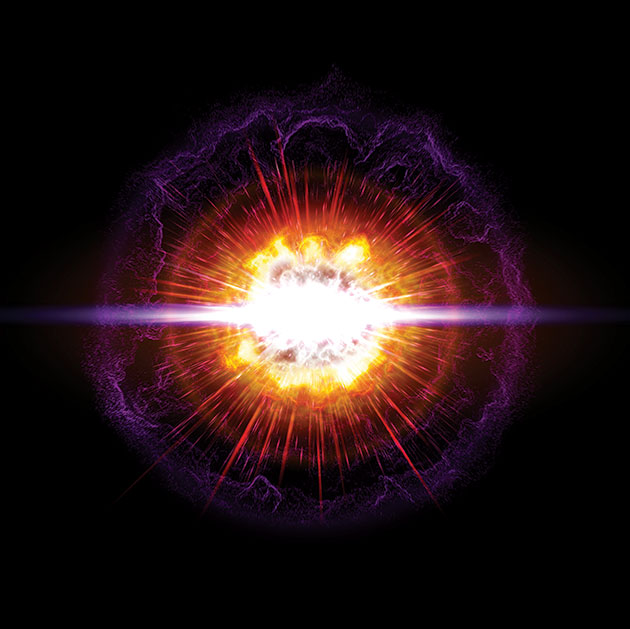 In January, the world became safer. At least rhetorically. The infamous Doomsday Clock was rolled back one more minute away from midnight by the Bulletin of Atomic Scientists, meaning that the planet is now six minutes from global destruction. This recalibration to 11:54 marks the 19th time that the Chicago-based group of scientists, which includes 19 Nobel Laureates, has adjusted the clock since it was established in 1947.
In January, the world became safer. At least rhetorically. The infamous Doomsday Clock was rolled back one more minute away from midnight by the Bulletin of Atomic Scientists, meaning that the planet is now six minutes from global destruction. This recalibration to 11:54 marks the 19th time that the Chicago-based group of scientists, which includes 19 Nobel Laureates, has adjusted the clock since it was established in 1947.Although originally created to symbolically represent humanity's proximity to the "midnight hour" of nuclear apocalypse, the definition has been broadened over time to measure other threats that could incite global disaster, such as climate change and other technological/biological factors that could cause "irrevocable harm" to society and incite global disaster.
This was the first rollback since 1991, and it occurred because of recent changes in U.S. foreign policy and other geopolitical realities. "A key to the new era of cooperation is a change in the U.S. government's orientation toward international affairs, brought about in part by the election of Obama," stated the group. "With a more pragmatic, problem-solving approach, not only has Obama initiated new arms-reduction talks with Russia, he has started negotiations with Iran to close its nuclear enrichment program and directed the U.S. government to lead a global effort to secure loose fissile material in four years."
1947
The Doomsday Clock is launched and originally set to 11:53 in response to the nuclear threat realized after the bombings in Hiroshima and Nagasaki.
1953
The clock strikes 11:58 after both the United States and Soviet Union test thermonuclear devices in the same calendar year. This is the closest to midnight we have been.
1963
Doomsday is pushed back for the second time in three years and hits 11:48 after the United States and Soviet Union sign the Partial Test Ban Treaty that significantly limits testing globally.
1984
After nuclear testing by India, the deterioration of U.S./Soviet relations and regional arms race escalation in Afghanistan, South Africa and Poland, the clock strikes 11:57.
1991
The clock reaches a new low (11:43) after the fall of the Berlin Wall and a U.S./Soviet commitment to reduce arms with the Strategic Arms Reduction Treaty.
1998
The clock is set to 11:51 after India and Pakistan both test nuclear weapons.
